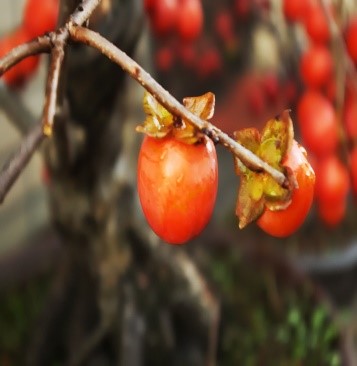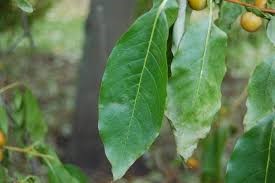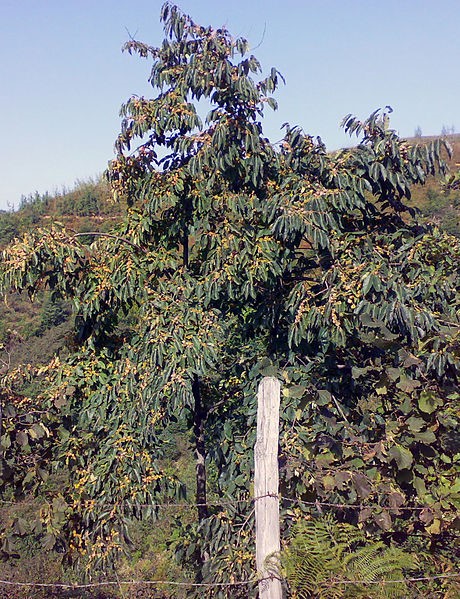Trees
Diospyros lotus L.
Diospyros lotus L.
Description :
Date-plum is a deciduous tree growing to 15 to 20m high at a
medium rate with the sloughing aging bark.
The trunk is brown in colour, and it is hard. The leaves are petiolate,
leathery, shiny oval shape with pointed ends, 5 to 15cm long and 3 to 6 cm in
width and are shiny green on colour. The flowers are small, greenish in colour,
and they appear from June to July. Both male and female flowers are present,
female flowers are larger than male flowers. Fruits are berries with juicy
flesh, mealy white when unripe and yellowish orange when ripe, and the fruit is
1 to2 cm in diameter. Seeds are 11 mm long, laterally compresses and brownish
black in colour.
Distribution :
The species area extends from Pakistan (Hazara region, swat,
Murree and Kurram), Iran, Afghanistan, and India to the west of the
Mediterranean, down to Spain. The date-plum is native to southwest Asia and
southeast Europe. The tree grows in the lower and middle mountain zones in the
Caucasus. They usually grow up to 580-620m above sea level. In Central Asia, it
rises higher up to 2000m. It does not grow very
well in very acid or wet and poorly drained soils.
Uses :
This
tree has several uses. This tree bears edible fruits which contain much sugar,
malic acid, and vitamins; they are used as fresh fruits or after frost, but
usually dried. The fruit is eaten raw when ripen as well as cooked. Drying and
frost destroy their tartness. This plant also has some medicinal uses, the seed
is regarded in China as being sedative. The fruit is febrifuge. It is also used
to promote secretions. The wood of the plant is durable, and it is used for
constructions, general carpentry and other things.



